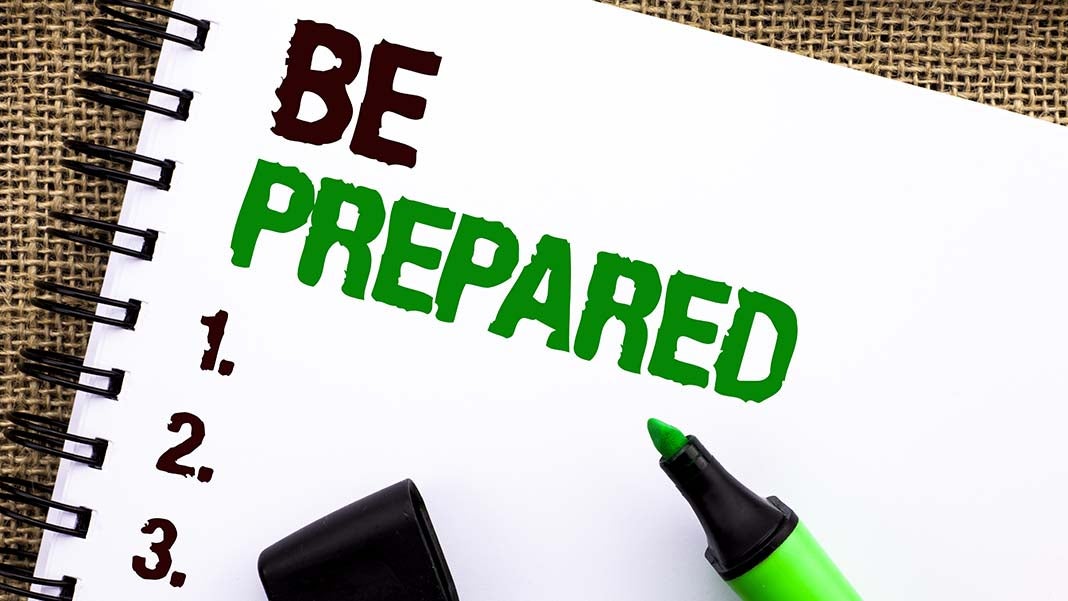Keeping the Office Safe: 5 Ways to Create a Disaster Preparedness Plan
By: Andrew Deen

Human resource professionals can ensure the safety of employees by making sure that everyone is aware of what to do should an emergency occur.
Global warming and climate change have contributed to unfathomable natural disasters. Consequently, an emergency could strike at anytime and anywhere.
Organizational leaders must develop emergency preparedness plans to prepare for when the unthinkable takes place. The following are five free or low-cost resources that can help you and your employees create an emergency preparedness plan and understand what to do when disasters occur.
1. Ready.gov
The Ready.gov site is a collaborative initiative. Partners in the program include the:
- Department of Human Services
- Federal Emergency Management Agency
- Office of the Inspector General
- United States Federal Government
- White House
The tool is an excellent resource to help orient employees on the importance and process of disaster preparedness.
The site teaches consumers how to respond to emergencies if, for instance, a disaster strikes while family members aren’t together. It includes tools that guide family members in planning how to reconnect if they’re separated during an emergency. The process begins with a simple discussion among family members about important things to know during a disaster.
2. OSHA: How to Plan for Workplace Emergencies and Evacuations
An emergency action plan is an essential tool for rapid response during crises. This plan is vital, as most people have trouble thinking logically during an emergency. By developing an emergency action plan, employees will know their role during a disaster before it occurs.
The Occupational Safety and Health Administration (OSHA) publishes this extensive documentation which establishes standards for emergency preparedness. The guide instructs employers on how to protect themselves, their employees and their businesses by creating an emergency action plan.
3. Red Cross
The Red Cross Disaster Preparedness Plan is another online resource designed for families. The site is a simplified template that enables family members to create an emergency plan quickly.
It also provides talking points that aid families in preparing for the kind of disasters that are most likely to occur where they live and work. The Red Cross Disaster Preparedness Plan tool also offers guidance in establishing the responsibilities of each family member during a disaster.
The Red Cross also offers a free emergency app that you can download using your smartphone or another device. The site also lists other resources to aid in preparing for an emergency.
4. FEMA
The Federal Emergency Management Agency (FEMA) offers an online preparedness resource for organizations entitled “Developing an emergency plan for the workplace.” It’s a comprehensive enterprise-grade disaster preparedness resource.
The guide offers direction in emergency response management, accountability, governance and finance. It also helps decision-makers establish minimum preparedness guidelines and assess risk tolerance. The guide also aids decision-makers and determining how to manage risks, such as through insurance or loss prevention.
5. ICMA – Emergency Management: Principles and Practice for Local Government
The International City/County Management Association (ICMA) publishes “Emergency Management: Principles and Practice for Local Government.” The document is available to download for a nominal fee. The guide covers eight fundamental principles of community emergency preparedness.
The guide is for agencies and organizations that work closely with communities and serves as a primer to prepare not only employees but also the surrounding population. It aids administrators in the ongoing planning and development of community emergency response.
The document provides instruction for emergency preparedness infrastructures of varying types. For instance, some communities may have an emergency response office, while others will share the responsibility for disaster preparedness among many smaller agencies.
Emergencies Across the Nation
Researchers estimate that Hurricane Harvey caused upwards of $180 billion in damage. However, this value only accounts for the damage where Harvey touched down in Texas. Surrounding areas such as Louisiana, Mississippi, Tennessee and Kentucky were also affected by the storm. Furthermore, the storm produced national financial implications, such as a surge in gas prices.
The “Ultimate Resource on Emergency Management in the Southern United States,” published by Eastern Kentucky University, explores U.S. disasters in depth and provides resources for learning more about disaster preparedness.
Disasters can happen at any time and any place. HR professionals can protect their peers and family members by developing emergency preparedness plans so that stakeholders are ready should a disaster occur. By providing tools to help staff members prepare for a disaster, you can ensure that they’ll know what to do in the event of an emergency.
4016 Views












